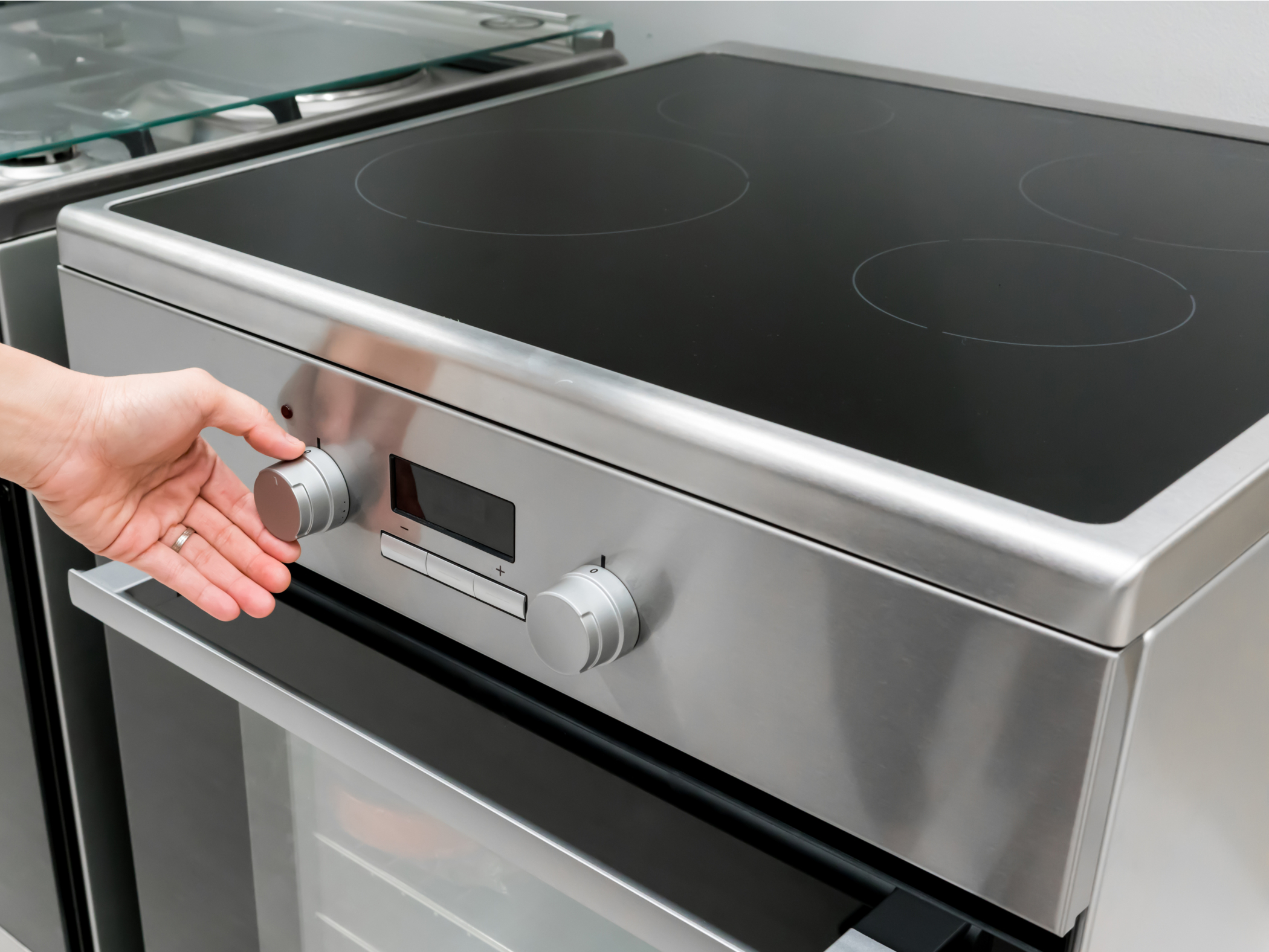Insights > 5 tips for buying a new electric range
5 tips for buying a new electric range
09/18/2024

Whether you prefer using a stove or cooktop to prepare your meals, a range is an essential part of your kitchen. When it comes time to replace or upgrade your appliance, consider these five factors to ensure you get the perfect range for your home.
1. Type of range
Your kitchen layout determines the placement of your new range, unless you're planning for a renovation. A freestanding stove has finished sides and can stand on its own or be placed between cabinets. It also has an attached panel where the controls are located. Slide-in and drop-in ranges could have finished or unfinished sides and are installed between existing cabinets, though drop-in ranges may require cabinet modification.
2. Cooktop
Coil cooktops are affordable and resilient, though they're slow to heat up and not the easiest to clean. But they're no longer the only option. Smoothtop models are more expensive than coils, but they have a sleek, clean look that will complement a modern kitchen. If the most advanced technology is on your list, opt for an induction cooktop, which uses electromagnetic fields to cook food directly, keeping the stovetop's surface cool.
3. What you cook
Whether it's used to bake the perfect pumpkin pie or heat up a cheesy frozen pizza, your oven needs to be capable of cooking your favorite foods. Convection is a great feature for bakers, and sabbath mode is important for those who need to prepare food on religious holidays. Assessing what you'll need and what you don't will keep you from spending money on features you'll never use.
4. Price
Ranges typically go for a few thousand dollars with pro styles starting at about $6,000. For $500, you can get a durable model with a few finish options and basic functions. For more than $1,500, you'll get extra cooking features and style options like wireless connectivity, bottom drawers and specialized cooking modes, to name a few. Basically, the more you spend, the more you can get.
5. Efficiency
Look for energy-saving features. An induction cooktop heats the pot or pan directly, improving efficiency. Convection ovens have a fan to circulate air and allow food to evenly; they also contain an extra heating element to reduce cooking times. Self-cleaning ovens often have better insulation, which keeps the heat in and prevents energy loss. Glass doors let you see the food without opening the oven door.
After you decide on the perfect range, remember to purchase new cookware or cleaning products if necessary. Treating your range well is the key to prolonging its lifespan.
We offer a variety of programs and resources to help you save energy and money at your home or business. Learn how you can save with our energy efficiency programs.
